 Eagle Feathers #28 – Bunker Hill
Eagle Feathers #28 – Bunker Hill
By Bob (Monty) Doherty
If you drive out of Boston over the Leonard P. Zakim (Bunker Hill) Bridge, the first exit brings you to Sullivan Square at the Charlestown/Somerville line. This area used to be known as Charlestown Neck. The site was an isthmus, or small thread of land, that connected Charlestown with what is today Somerville.
These two towns, until 1842, were one. The Neck was normally a quiet spot, but not at this time. It was late in the day of June 17, 1775 and the infant Colonial American Army was in the midst of losing its first battle to the British. They lost control of the battleground they fought on.
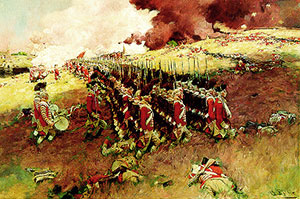
Battle of Bunker Hill
Amazingly, later when the story was told and the statistics revealed, the results were staggeringly in the favor of the Americans. They had just repulsed the cream of the British army during two assaults on their Bunker/Breeds Hill defensive works and only gave way on the third attack because of their lack of ammunition.
This impressed General George Washington, who was in Virginia on his way to Massachusetts. At that time, he was leery of leading the Colonials, thinking that Lexington and Concord were only skirmishes. Then, upon hearing of the appalling losses the New England militia inflicted on the British (1,054 British losses vs. 441 American losses), he proudly determined that he would lead these men.
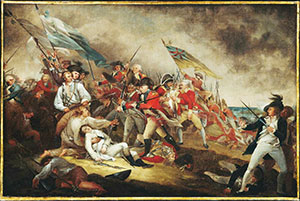
The Death of General Warren at the Battle of Bunker Hill
So what does the Battle of Bunker/Breeds Hill have to do with Somerville? Well, the heart of the battle was fought at the earthworks fort. But upon running out of gunpowder, they began to retreat toward The Neck and the sanctuary of Prospect and Winter Hills.
The retreating Americans suffered many casualties heading toward the Sullivan Square area. One such person was the famous General Warren, whom Somerville almost named itself after. New Hampshire’s Colonel John Stark, who at the battle famously quoted, “Live Free or Die” and his Winter-Hill based troops covered the withdrawal.
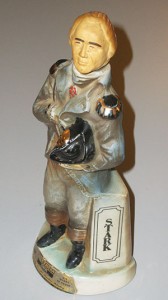
While the British soldiers were fighting on the Hill, their navy was at work, trying to stop American reinforcements from crossing The Neck or escaping, thus turning it into a shooting gallery. They barraged the entire area with cannon shot from their war ships and floating gun batteries. These cannons did much damage well into East Somerville, destroying houses, barns, docks, and crop fields. Cannon balls are still occasionally found in the area.
The first Somerville City Seal was depicted on police, fire, and city buildings and apparatus. For 100 years, it honored General Washington and the Bunker Hill monument on its depiction.
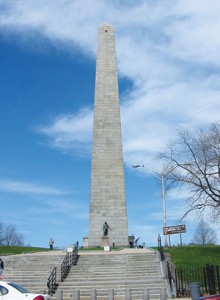
One of Washington’s Generals, Marquis de Lafayette, laid the cornerstone of the Bunker Hill monument and was afterward honored with a candlelight parade from Charlestown through Somerville ending in Cambridge. Because of Lafayette’s love of America, his son, George Washington Lafayette, came to America to take Bunker Hill soil to be mixed with the French soil where his father was put to rest.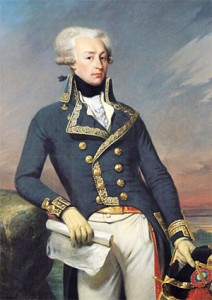
Many Somerville streets are named after heroes who fought and died that day. The Battle of Bunker Hill began on Breed’s Hill and ended in what is now Somerville. This is why, historically, Somerville proudly participates in this holiday.
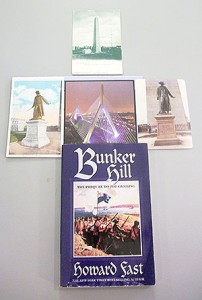















Reader Comments